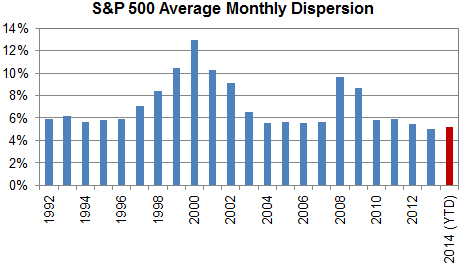Last week India witnessed a historic event at the declaration of its 16th Lok Sabha election results. After a span of over 30 years has there been such a majority mandate handed out by the Indian voters who confirmed their need for change.
Equity Markets
The Indian equity market investors greeted the news favourably with the S&P BSE SENSEX crossing the 25000 mark for the first time in the history of Indian stock markets and further recorded as the third-best performer in Asia in dollar terms. To put it more plainly, the S&P BSE SENSEX has had a return of 15% in just the past 5 ½ months, since the start of this year.
Expectations
Eminent leaders of their field, reputed professionals, and renowned market experts have expressed their recommendation on the areas of reforms. Some of the key expectations are lower Inflation, strengthening of the rupee, improving overall growth rates, lowering of the unemployment rate, revival of the investment scenario and a common wish list among many, a boost to infrastructure.
Government Direction
The Government of India, Planning Commission in its Twelfth Five Year Plan (2012–2017) estimated the total investment in infrastructure sectors to be approximately one trillion dollars. The plan outlines new projects and development in airports with three new airports namely Navi Mumbai, Goa and Kannur. Additionally two ports in West Bengal and Andhra Pradesh. Development in railways to build out the Western and Eastern Freight Corridor, the Mumbai Elevated Rail Corridor and the High Speed Corridor. Roads also form an integral part of the developmental plan along with expansion in power and telecommunication.
Given the gamut of plan, funding of these infrastructure projects is critical. There is an expectation of a contribution of nearly 48% by the private sector. A funding gap is already projected in the plan and this is where the scope for inviting investments in this space broadens to provide the necessary boost.
Value Unlocking
Infrastructure can be the catalyst to provide the necessary boost to many sectors that can cumulatively contribute to economic and overall growth for the country. For those who want to avoid timing the markets or lack stock specific insights, index investing enables exposure to the sector and related returns via a rules based approach provided by an independent index provider.
While the euphoria of the elections is now settling down, May 26, 2014 brings in the swearing in of a new Prime Minister and a new government to realize the hope of a change … a change for a better India…” Acche Din Ayenge”( Good days are here to come)
The posts on this blog are opinions, not advice. Please read our Disclaimers.












